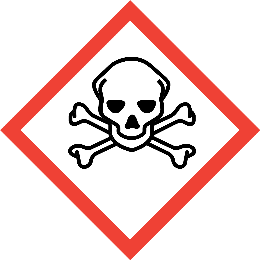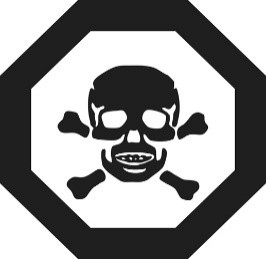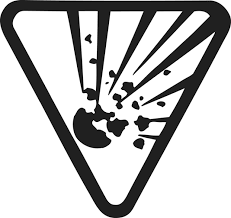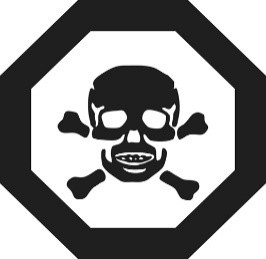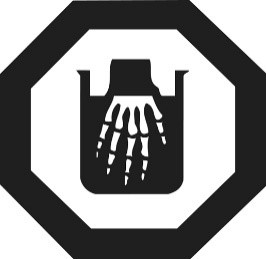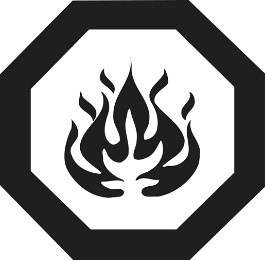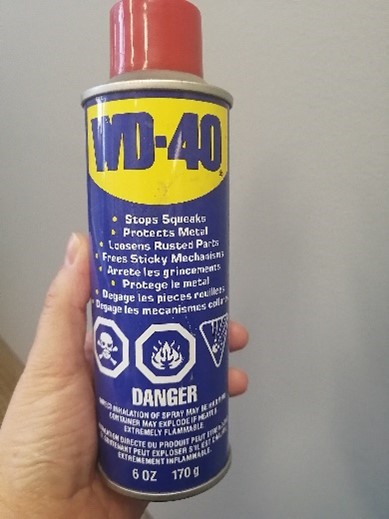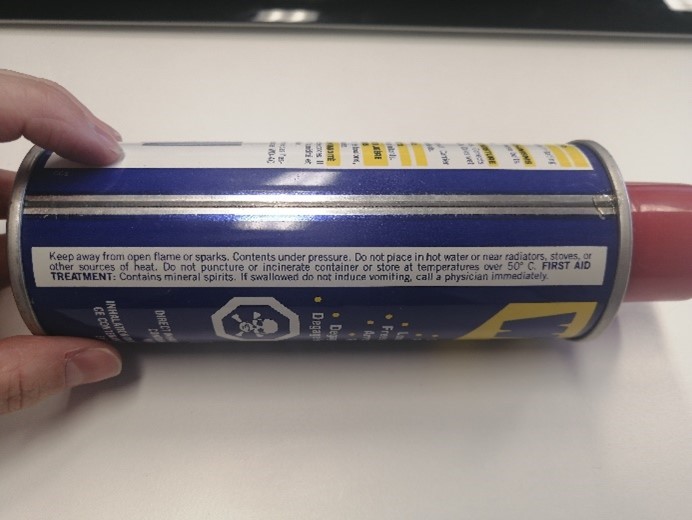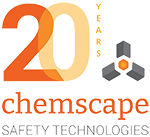What are consumer products in Canada and how do they differ from workplace chemicals?
January 15, 2021

Have you noticed there are different warning symbols for a cleaning product under your bathroom sink vs. an industry cleaner in your workplace? Both symbols may look similar; for example, think of the skull and cross bones image:
|
|
|
|
Workplace Chemical
|
Consumer Product
|
The first symbol is considered a workplace chemical and the other is regulated as a consumer product.
Chemical products used in the workplace vs. at home
Chemical hazards are classified based on the ingredients of a product. A cleaning product for use at home to clean your bathroom once a week, has a very different frequency of use compared to a cleaning product used by a housekeeper in a workplace setting, cleaning multiple bathrooms several times a day. The risk of exposure to a person being harmed by a chemical product is based on
-
how the chemical product is used
-
the amount of the product used
-
and how often the chemical is used.
Think of the example of painting your bedroom over a weekend using one tin of paint with a paintbrush or roller compared to a worker spraying a tub of paint over the course of many work shifts/weeks/months. In the workplace risk of exposure and adverse health effects from chemical use increases as the frequency and quantity of the chemical being used increases.
What defines a consumer product?
Consumer products are chemical products sold to Canadians for general household use that have certain hazards (such as poison, explosive, corrosive, or flammable). Consumer products use different symbols than WHMIS, either an octagon or an inverted triangle, which signify whether it is the contents of the container or the container itself that is dangerous.
Label requirements for a consumer product in Canada
Manufacturers are responsible for labelling consumer products with specific information on the hazard(s) and safe product use on the product container:
- Hazard Symbol(s)
- Signal word
- Hazard Statement(s)
- Safety Instruction(s)
- First Aid Statement(s)
|
Symbol |
Hazard |
Signal Word |
||
|
Explosive
|
Container can explode if heated or punctured - flying pieces of metal or plastic can cause serious injuries, especially to the eyes. |
Caution |
Danger |
Extreme Danger |
|
Poison
|
Product can cause illness or death if licked, eaten or breathed in. |
Caution |
Danger |
Extreme Danger |
|
Corrosive
|
Product can burn skin and eyes. Harmful if breathed. |
Caution |
Danger |
Extreme Danger |
|
Flammable
|
Product, or its vapour, can catch fire very easily. |
Caution |
Danger |
Extreme Danger |
Example of a Consumer Product label
Here is an example of a label on a common consumer product, WD-40, that shows the label requirements:
|
|
|
The label for a consumer chemical is required to identify the potential short-term effects. However, long-term effects such as cancer, respiratory disease, or reproductive effects are not required to be communicated.
What defines a workplace chemical?
Workplace chemicals in Canada follow WHMIS legislation. Manufacturers/suppliers/distributors of hazardous products intended for workplace use are required to classify and communicate the hazards of the chemical product. Classification is the foundation for hazard communication. This communication includes Safety Data Sheets (SDSs) and supplier labels. Workplace labels must provide the short and long-term consequences of exposure to the chemical. Chemical products intended for workplace use are typically sold in larger quantities/containers than consumer versions. A WHMIS label from the manufacturer/supplier/distributor must contain seven components in French and English:
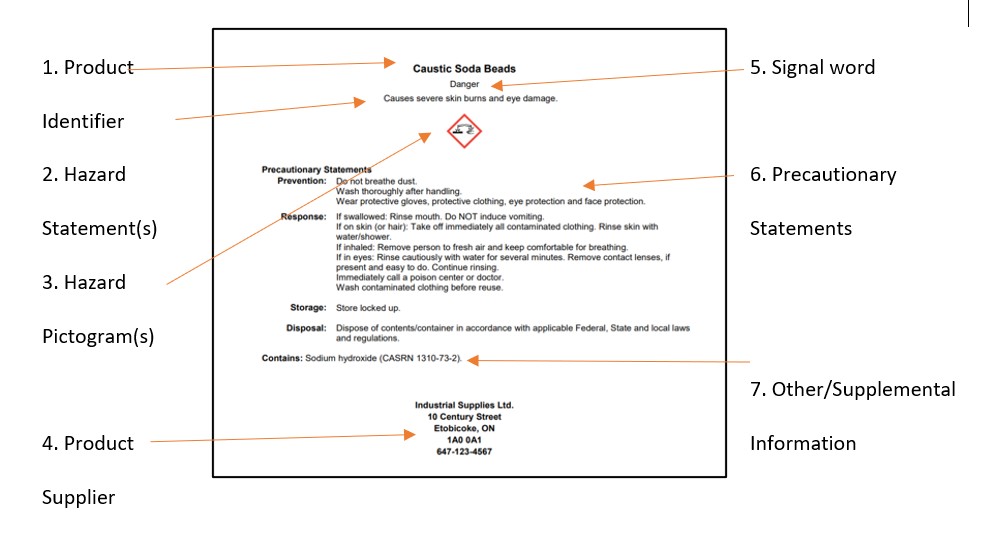
Employers are responsible to assess and control chemical hazards and educate workers on WHMIS and how to work safely with chemical products they may encounter at the workplace. In the home, it is up to the consumer to read the hazard information and warning and use as directed. Many consumer product manufacturers have SDSs available for their consumer products such as spray lubricants, cleaners, and air-fresheners.
Reference: Canada Consumer Product Safety Act (CCPSA), Consumer Chemicals and Containers Regulations, 2001 (CCCR, 2001) and Hazardous Products Act (HPA), Hazardous Products Regulations (HPR)

